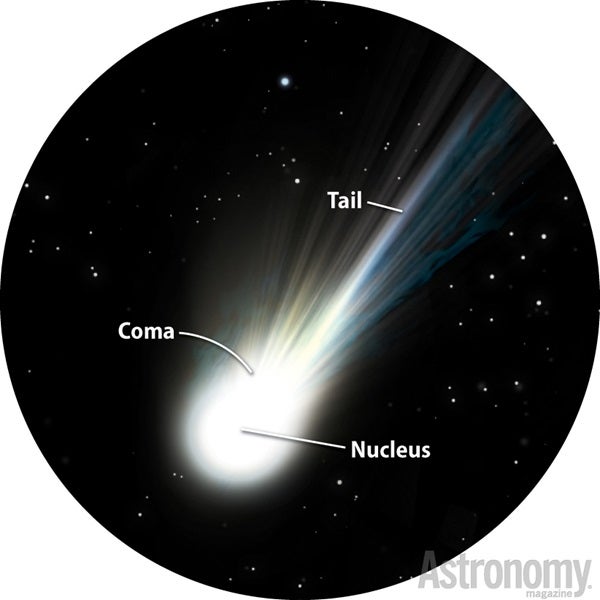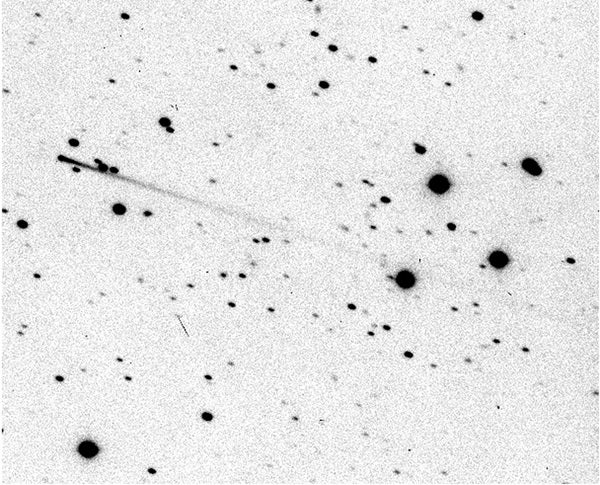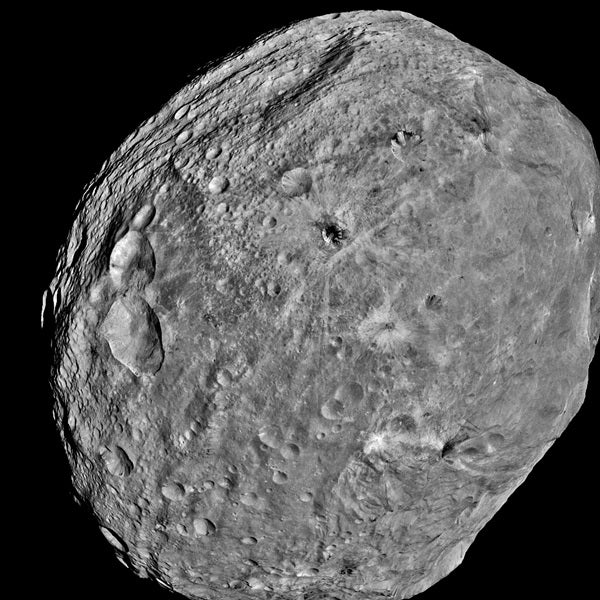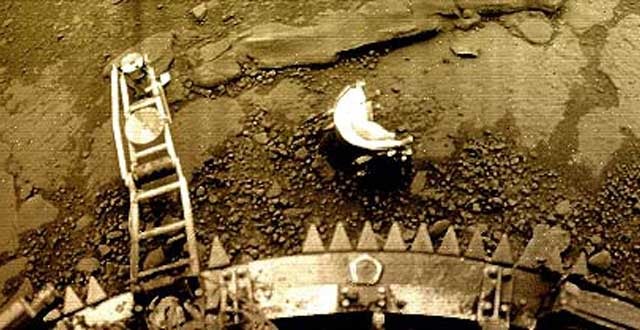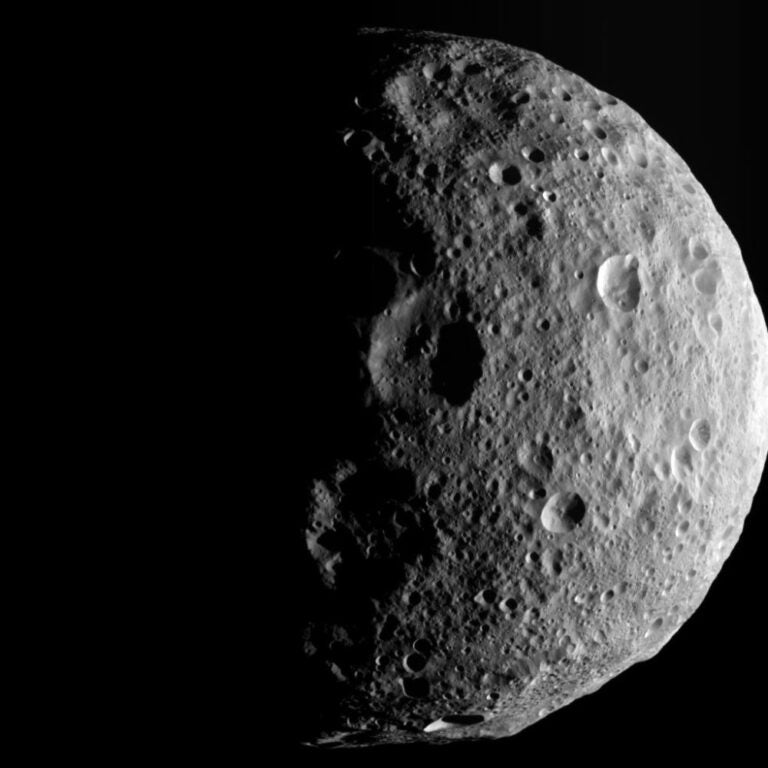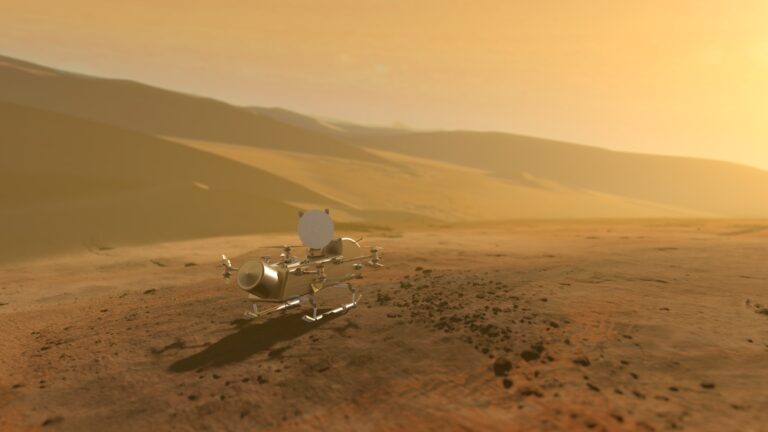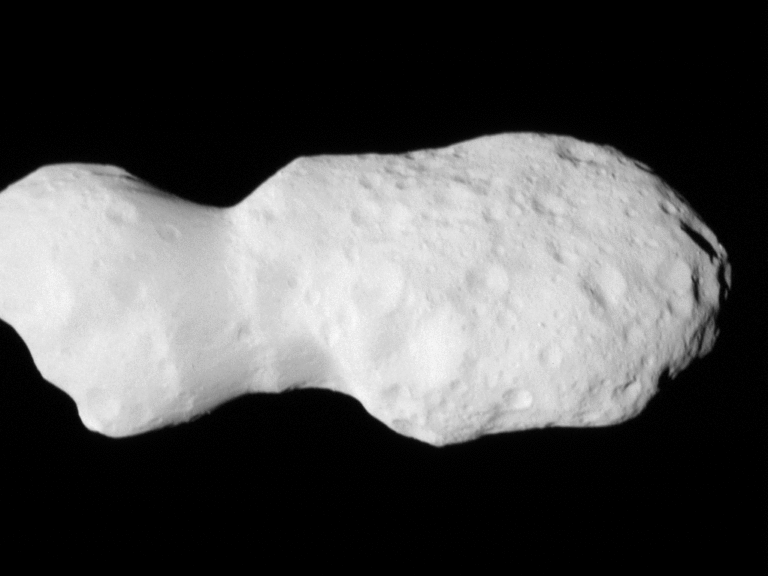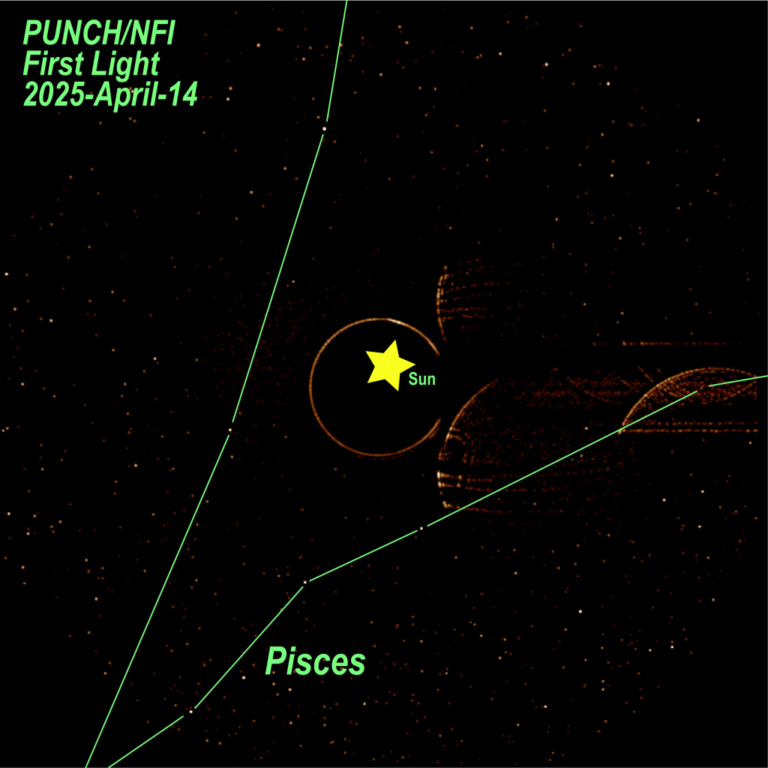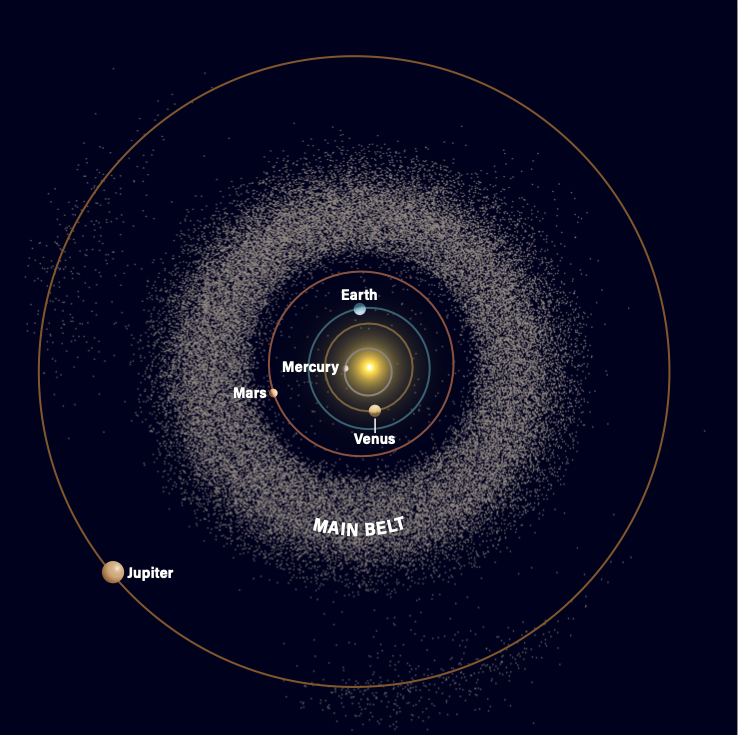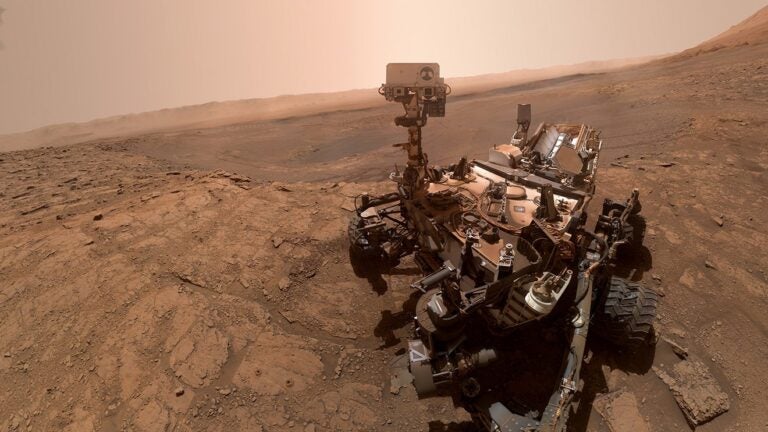We humans love to categorize things. We use mental boxes, labels, and compartments to make sense of nature. Usually this isn’t a problem — a galaxy is not a moon, and a comet is not a planet.
Woody Allen once spoke of a mythological creature that had “the head of a lion, and the body of a lion, though not the same lion.” We laugh because we know exactly how actual animals are sorted out, or actual asteroids, for that matter. This explains why astronomers are so nonplussed by an object discovered in 1979 that seems to be both a comet and an asteroid.
In real life, they’re very different beasts. Comets are chunks of water ice a few miles wide with dusty debris mixed in. This is why the late American astronomer Fred Whipple famously called them “dirty snowballs.” They mostly live far beyond Pluto, in either the Kuiper Belt or the more distant Oort Cloud. Gravitational interactions periodically send a few comets inward toward the Sun, where the gravity of Jupiter or other planets further alters their orbits. Their highly elliptical paths carry them close enough to the Sun to gradually destroy the ice.

Bringing the universe to your door. We’re excited to announce Astronomy magazine’s new Space and Beyond subscription box – a quarterly adventure, curated with an astronomy-themed collection in every box. Learn More >>.
Since ice cannot melt into liquid form in the vacuum of space, it turns directly to vapor, a process called sublimation. This gas, along with tiny solids freed when the ice sublimates, gets pushed away from the Sun by our star’s solar wind of fast-moving particles. Voilà, a tail — every comet’s most photogenic feature. Each time the comet passes perihelion (its nearest point to the Sun), it loses more of its ice. Such continual mass-loss eventually destroys every comet, which is why it’s so hard for them to get insurance.
An asteroid is another animal altogether. It’s a chunk of rock, not ice. It can be piano-sized or 600 miles across. Asteroids are left over from the solar system’s birth — the debris that never glommed together to form a planet, thanks to the fierce jovian gravity near where they orbit, just inward of that giant world.
Meteorites — pieces of stone or metal that reach our planet’s surface — are almost always asteroid fragments. In contrast, nobody can ever hand you a comet chunk. They whiz through the sky to create meteor showers, but their fragile ice never survives a trip through our atmosphere.
So you see, comets and asteroids are totally different.
Again, this explains why nobody paid much attention to asteroid number 7968, now named Elst-Pizarro, which lives in the main asteroid belt between Mars and Jupiter.
Nobody, that is, until the object approached its orbital perihelion in 1996. That’s when photos taken by Eric W. Elst and Guido Pizarro clearly revealed it had a comet’s tail. But asteroids are rocky. Things don’t flake off them. What could this tail be composed of?
During its next perihelion passage in late 2001, the cometary tail materialized once again — and lasted for months. Was this a comet that had somehow wandered into the wrong place, like a child raised by wolves?
To cover their bases, astronomers gave this entity a comet designation, 133P/Elst-Pizarro. The “P” means it’s periodic and not some one-shot comet like Hale-Bopp. Meanwhile, it also kept its asteroid label as 7968 Elst-Pizarro. Such a schizophrenic name is not unique. Four other cross-dressing celestial objects have contradictory labels, too.
The challenge, of course, is figuring out what’s going on.
At first, astronomers assumed Elst-Pizarro was indeed an asteroid that had merely suffered a collision with another one. By this reasoning, we were simply seeing a trail of debris. They even located the most likely candidate to have smashed into it: asteroid 427 Galene.
But that long dust trail displayed changes in both structure and brightness over time, which made no sense. When gravel falls off the back of a truck, it hardly keeps altering its appearance for 5 months.
Meanwhile, light-curve studies of Elst-Pizarro show that it spins rapidly, once every 3½ hours, and that its shed dust particles are the same size as those in cigarette smoke — extremely fine. This made less and less sense by the minute.
Without question, Elst-Pizarro is a mass-losing body and therefore deserves its comet name. But what’s the material, and why is it coming loose?
Nowadays, there are two competing hypotheses. The first says that 133P/Elst-Pizarro is indeed a comet, but one that is barely active because Jupiter captured it and flung it into its present location among the asteroids like a double agent. Its asteroid-like position and orbit are just coincidences.
The second explanation insists that 7968 Elst-Pizarro is a true asteroid of the main asteroid belt family, and that a recent collision unburied ice that had been lurking deep within it. Now it will generate a cometary tail at each perihelion passage until all the newly excavated ice is gone.
Bottom line: No one knows what it is. Take your pick.

